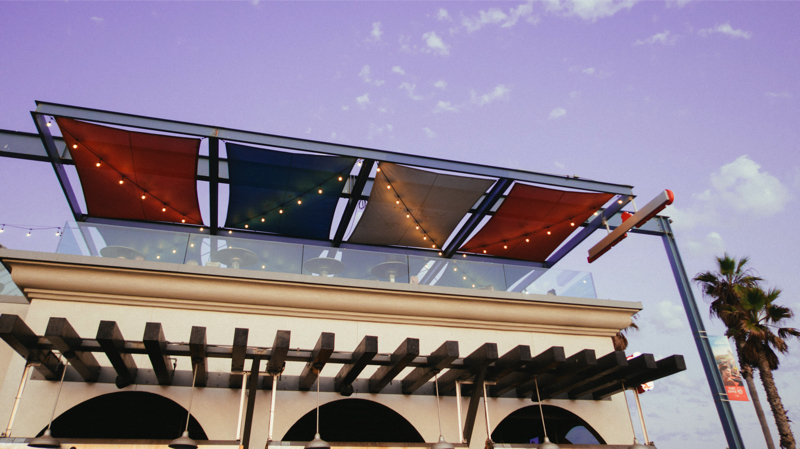
Awnings, those versatile and functional additions to homes and businesses, offer a blend of style, shade, and protection from the elements. Choosing the right awning involves more than just picking a design that complements your exterior; it requires careful consideration of factors such as material, style, size, functionality, and installation. To ensure you make an informed decision that aligns with your needs and preferences, follow this comprehensive guide on how to choose a good awning.
1. Determine Your Purpose:
Before delving into the details of awning selection, clarify your specific goals for installing an awning. Do you want to provide shade for a patio or deck? Enhance curb appeal? Protect your interiors from sun exposure? Defining your purpose will help you narrow down the options that best fulfill your requirements.
2. Consider Your Space:
Assess the area where the awning will be installed. Measure the dimensions of the space to determine the appropriate size for the awning. Take note of nearby structures, obstacles, and any limitations that might impact the installation process or the functionality of the awning.
3. Choose the Right Material:
Awnings come in various materials, each with its own set of benefits and considerations:
- Fabric: Fabric awnings offer a wide range of colors, patterns, and styles. They provide a softer, more inviting look and are suitable for residential applications. Choose fabrics that are fade-resistant, UV-resistant, and durable to withstand outdoor conditions.
- Metal: Metal awnings, such as aluminum, are durable and low-maintenance. They are often used for commercial purposes and can provide a sleek, modern appearance. However, metal awnings might conduct heat, potentially affecting the shaded area underneath.
4. Select the Style:
Awnings come in different styles, including retractable, stationary, and dome-shaped. Consider the architectural style of your home or business and how the chosen awning style will complement it. Retractable awnings offer adjustable shade, while stationary awnings provide a more permanent solution.
5. Evaluate Functionality:
The functionality of the awning plays a crucial role in its overall value:
- Manual vs. Motorized: Decide whether you want a manual awning that requires manual operation or a motorized one that can be controlled with a remote or a switch. Motorized awnings offer convenience but might require electrical work during installation.
- Retraction: If you opt for a retractable awning, consider whether you want a manually operated crank or a motorized retraction system. Motorized options allow for easy adjustment and might include features like sun and wind sensors for automated control.
6. Prioritize Quality:
Investing in a quality awning ensures longevity, durability, and optimal performance. Look for reputable manufacturers and suppliers that offer warranties and have a track record of producing reliable products.
7. Weather Considerations:
Factor in your local climate when choosing an awning. If your area experiences heavy rain, snow, or strong winds, opt for materials that can withstand these conditions. Some awnings have additional features like built-in drainage systems to prevent water accumulation.
8. Energy Efficiency:
Awnings can contribute to energy efficiency by reducing solar heat gain and lowering cooling costs. Choose light-colored or reflective materials that effectively block sunlight and heat. Consider awnings with high UV protection to safeguard your interiors from fading.
9. Budget and Cost:
Set a budget for your awning project, considering both the cost of the awning itself and any installation fees. Keep in mind that investing in a high-quality awning might initially be more expensive but can save you money in the long run by avoiding replacements and repairs.
10. Professional Installation:
While some awnings can be installed as DIY projects, complex installations or motorized systems might require professional assistance. Hire experienced installers who can ensure proper attachment, secure wiring (if applicable), and guarantee the awning’s stability.
11. Aesthetic Appeal:
Finally, consider the visual impact of the awning on your property. Choose colors and patterns that complement your exterior and enhance the overall aesthetic. A well-chosen awning can significantly enhance your curb appeal.
Conclusion: A Blend of Form and Function
Selecting a good awning involves striking a balance between aesthetics and functionality. By clarifying your purpose, evaluating your space, considering materials and styles, and accounting for factors like weather conditions and energy efficiency, you can make an informed decision that enhances your outdoor space and adds value to your property. Whether you’re seeking shade, protection, or an improved exterior appearance, a well-chosen awning can transform your space into a comfortable and inviting haven that suits your lifestyle and preferences.
